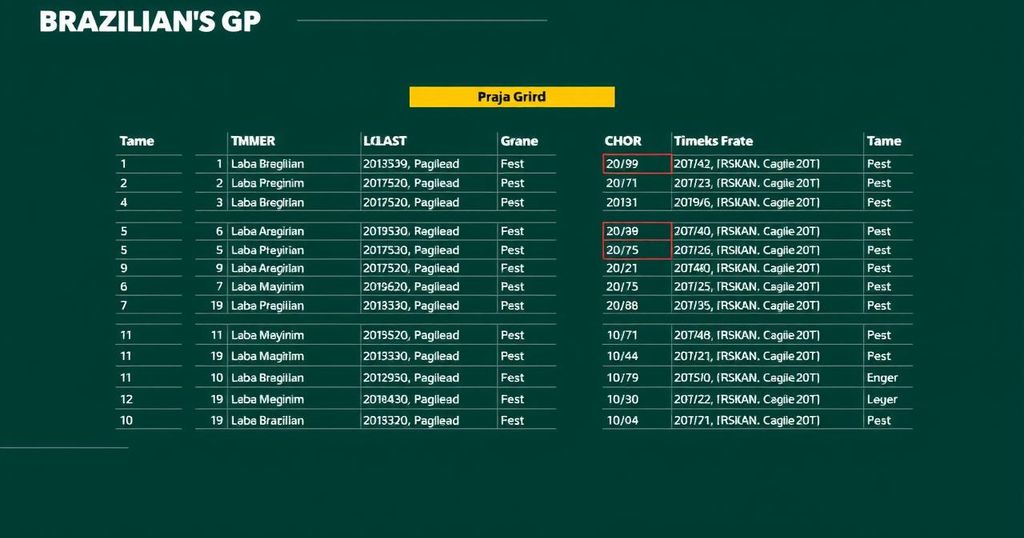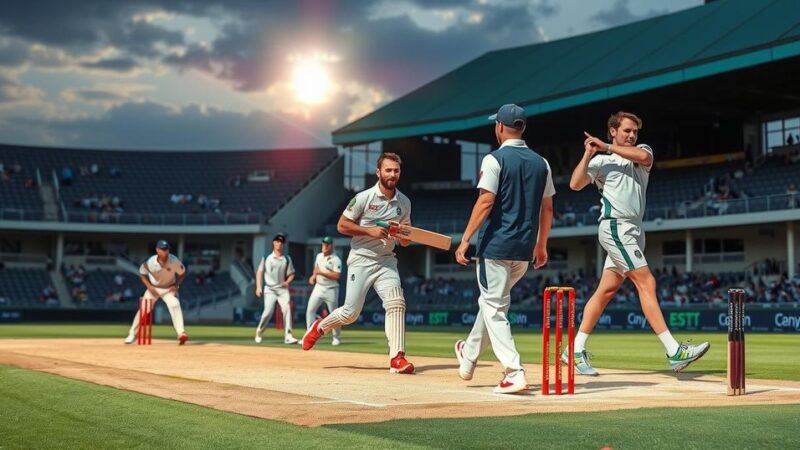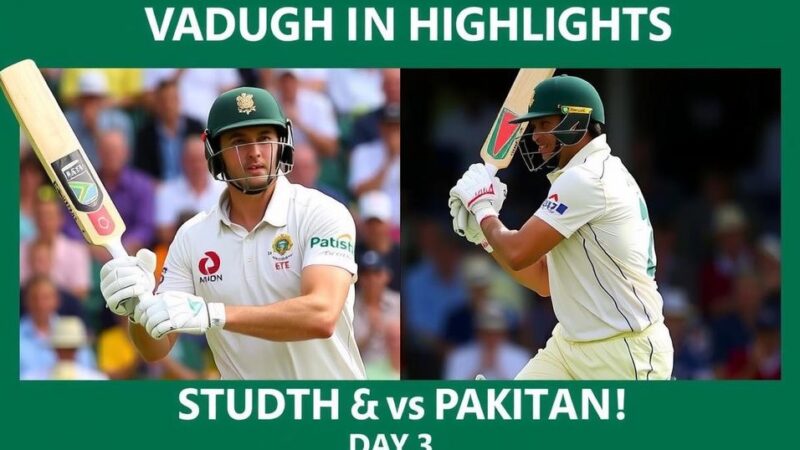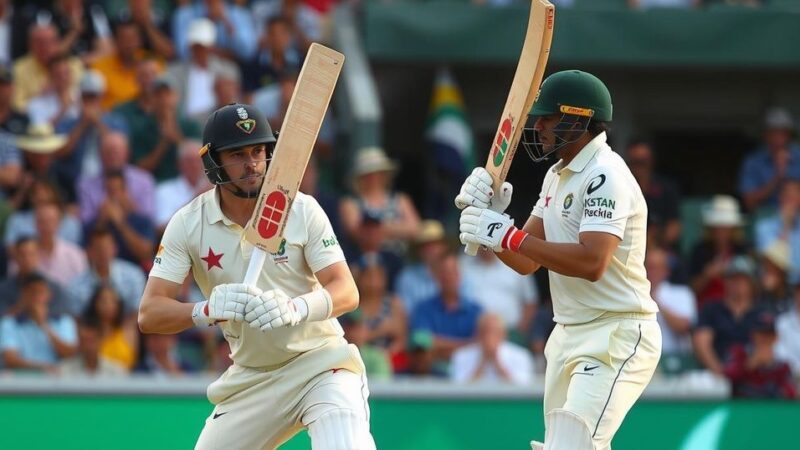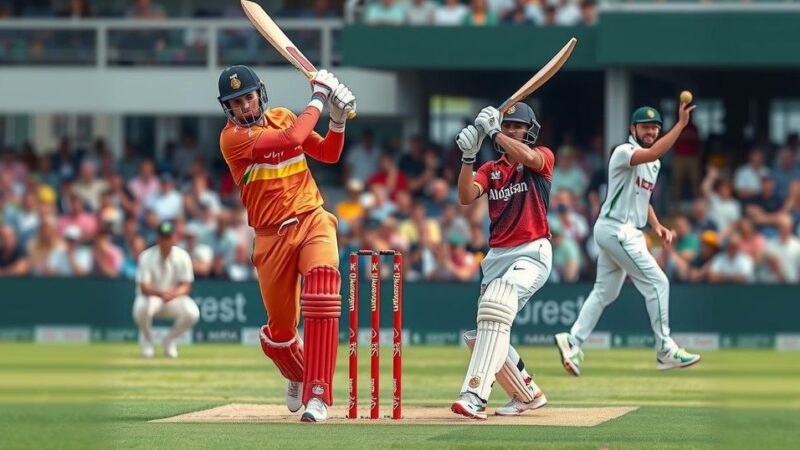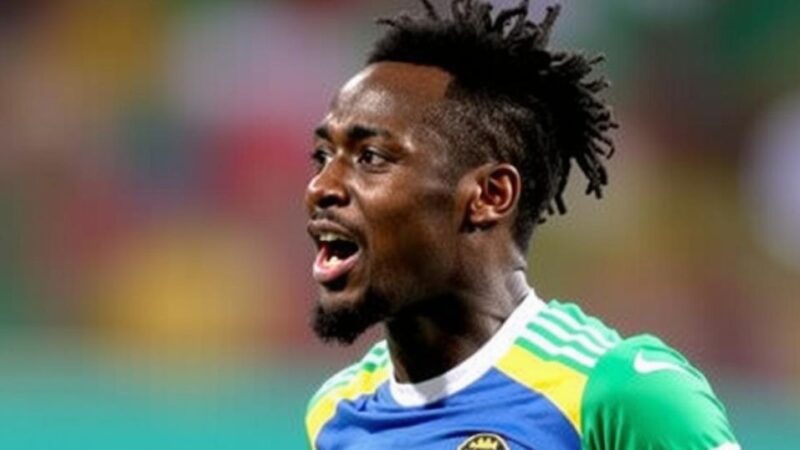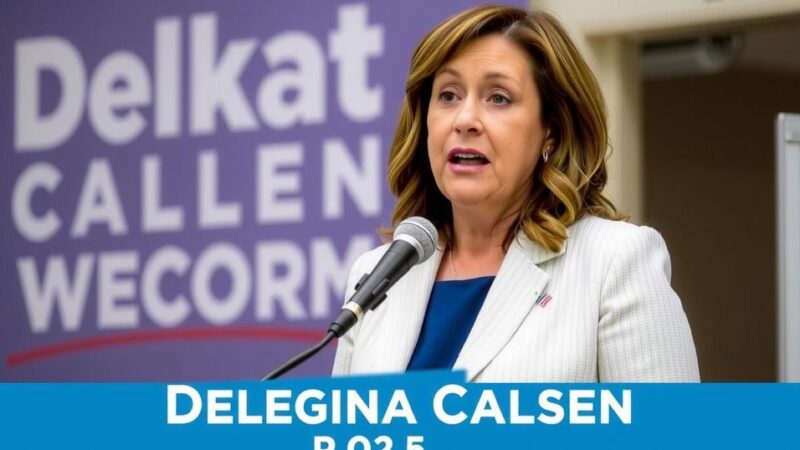The postponement of qualifying for the Brazilian Grand Prix has created uncertainty around grid formation. Current 2024 regulations lack explicit guidelines, whereas an amendment for 2025 provides clarity. Options for determining the grid exist, including referencing Practice results or utilizing Sprint Qualifying results, showing the reliance on regulatory interpretations and the discretion of race officials to ensure a fair grid arrangement.
The Brazilian Grand Prix qualifying faced postponement due to heavy rain, raising concerns regarding the formation of the race grid in the absence of qualifying results. Surprisingly, the current 2024 Formula 1 Sporting Regulations do not explicitly define how the grid should be established if qualifying does not occur. This lack of clarity stands in contrast to an amendment made for the 2025 season, which stipulates that if qualifying is canceled, the race grid shall be determined based on the drivers’ championship standings, subject to the Stewards’ approval. Currently, two existing regulations could potentially guide grid formation under these circumstances. Article 39.4b addresses drivers classified as “unclassified” for failing to set a time in qualifying, suggesting that they would default to positions based on their performance in Practice 3. However, interpretations of this clause vary significantly. One interpretation posits that if every driver is unclassified due to canceled qualifying, the grid would reflect results from Practice 1. Conversely, others argue that if any portion of Sprint Qualifying has taken place, Article 42.3 would apply, allowing drivers classified in Sprint Qualifying to have their positions adjusted based on their qualifying results, which could lead to an alternate grid order. In prior instances where qualifying has been jeopardized, as seen at the 2019 Japanese Grand Prix, race officials relied on the International Sporting Code, which entrusted them with the authority to amend supplementary regulations. In that case, the starting grid was based on the last completed session, which was Practice 2. If the Brazilian GP scenario unfurls similarly, the grid could potentially reflect the results of Sprint Qualifying or any other decided criteria, demonstrating the inherent flexibility and unpredictability within the current regulations.
The Brazilian Grand Prix, a staple in the Formula 1 calendar, is often impacted by its weather conditions, specifically rain, which can disrupt events such as qualifying sessions. In the event that qualifying cannot be conducted, the Formula 1 regulations come into play to determine grid formation for the race. Notably, the absence of definitive regulations for the 2024 season has raised questions on how grid positions would be determined, despite future amendments that detail the protocol for similar situations. Race officials have historically utilized their discretion to adapt to unique scenarios, ensuring that fairness and sporting integrity are maintained.
In summary, the Brazilian GP’s potential grid formation without qualifying raises significant questions under the current regulatory framework. With no clear directive for 2024, official interpretation of existing regulations and the application of International Sporting Code principles provide a pathway for determining race grid placement. The ultimate decision may depend on interpretations surrounding the applicable sessions prior to the race, illustrating the dynamic nature of Formula 1 regulations and their adaptability to unforeseen events.
Original Source: www.autosport.com
